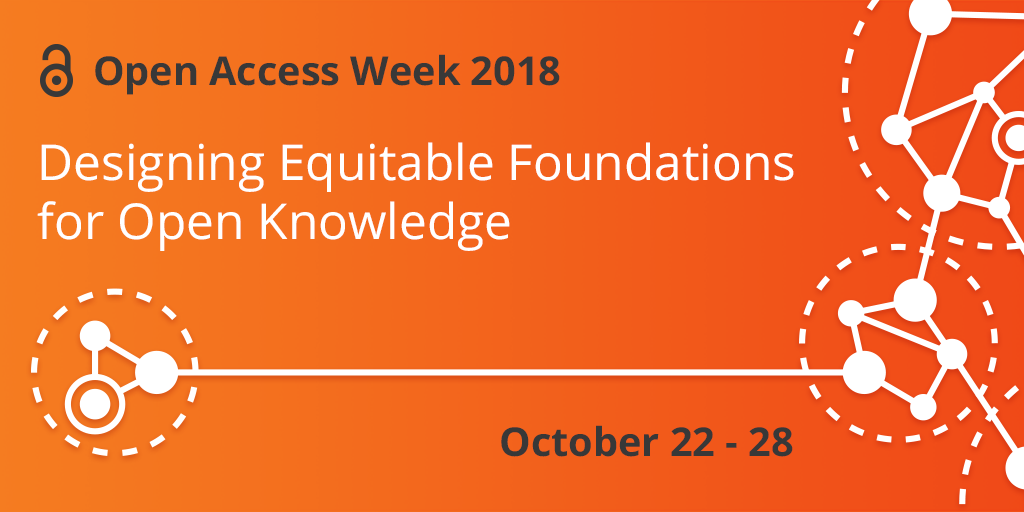
Open and Post Peer Review: New Trends in Open Access Publications
The quality of scientific publications will benefit from a revolution in the peer review models.
The peer review system was created in the 20th century as a means to ensure the quality and integrity of scientific research. Until recently, peer review mostly took place before articles have been published, relying on ‘single blind’ and ‘double blind’ processes. ‘Single blind’ refers to a review system where reviewers remain anonymous to the authors. In the ‘double-blind’ review, both the authors and the reviewers are anonymous to each other. The two models are meant to limit the degree of bias in reviewing processes.
Though it has played a pivotal role in improving the quality of scientific articles, the traditional peer review system has fallen under criticism. Among the academic community, there a growing feeling that traditional peer review is failing at accomplishing its core objective: ensuring scientific quality. With the traditional peer review system, transparency is limited by the fact that the reviewers’ comments are not made public. Besides, the criteria by which scientific articles are accepted or rejected can be rather blurry sometimes. These challenges have forced publishers and researches to look for alternative approaches of reviewing scientific articles.
Open peer review
The whole idea behind open peer review is to achieve a high level of transparency in scientific publications. This approach requires that both the manuscripts, the reviewers’ names and comments and the authors’ response are made available for public scrutiny. Here, authors see who reviewed their work. It also limits reviewers’ bias (which often leads to the acceptance or rejection of an article based on non-scientific grounds) while helping them get due credit for their work. Moreover, the reviewers’ comments released with the manuscript might provide additional and useful information for the readers.
Post peer review
Post peer-review happens after unreviewed articles are published or put online. The objective is to replace or improve pre-publication peer review with post publication comments and critics.
Post review may take three shapes. In the first case, reviewers are formally invited by editors to review the article once it has been published. F1000Research and Copernicus are two major journals pursuing this approach. In the second case, practiced by publishers such as Science Open and The Winnower, unreviewed articles are analyzed by volunteers. Lastly, in the third approach, independent peer reviewers revise papers on third party websites. PubPeer and PubMed Commons are two platforms dedicated to post peer review. Research shows that most online comments about unreviewed articles are negative. To balance over criticism, PubPeer moderates comments whereas PubMed Commons allows only registered users to comment.
All things considered, post peer review makes publishing fast and transparent. Nonetheless, the model has its own flaws. One of the major issues is that voluntary reviewers may not have the required skills to critically judge a scientific work. In addition, some journals might not receive reviews and discussions are fragmented. Another challenge of post review, which is often overlooked by many experts, is the reliability of papers which are not yet reviewed for citation.
References
F1000 Research – What is Post Publication Peer Review?
The Scientist – Post-Publication Peer Review Mainstreamed
Scientific American – Post publication peer-review: Everything changes, and everything stays the same
Hunter, J. (2012). Post-Publication Peer Review: Opening Up Scientific Conversation Frontiers in Computational Neuroscience, 6 DOI: 10.3389/fncom.2012.00063




